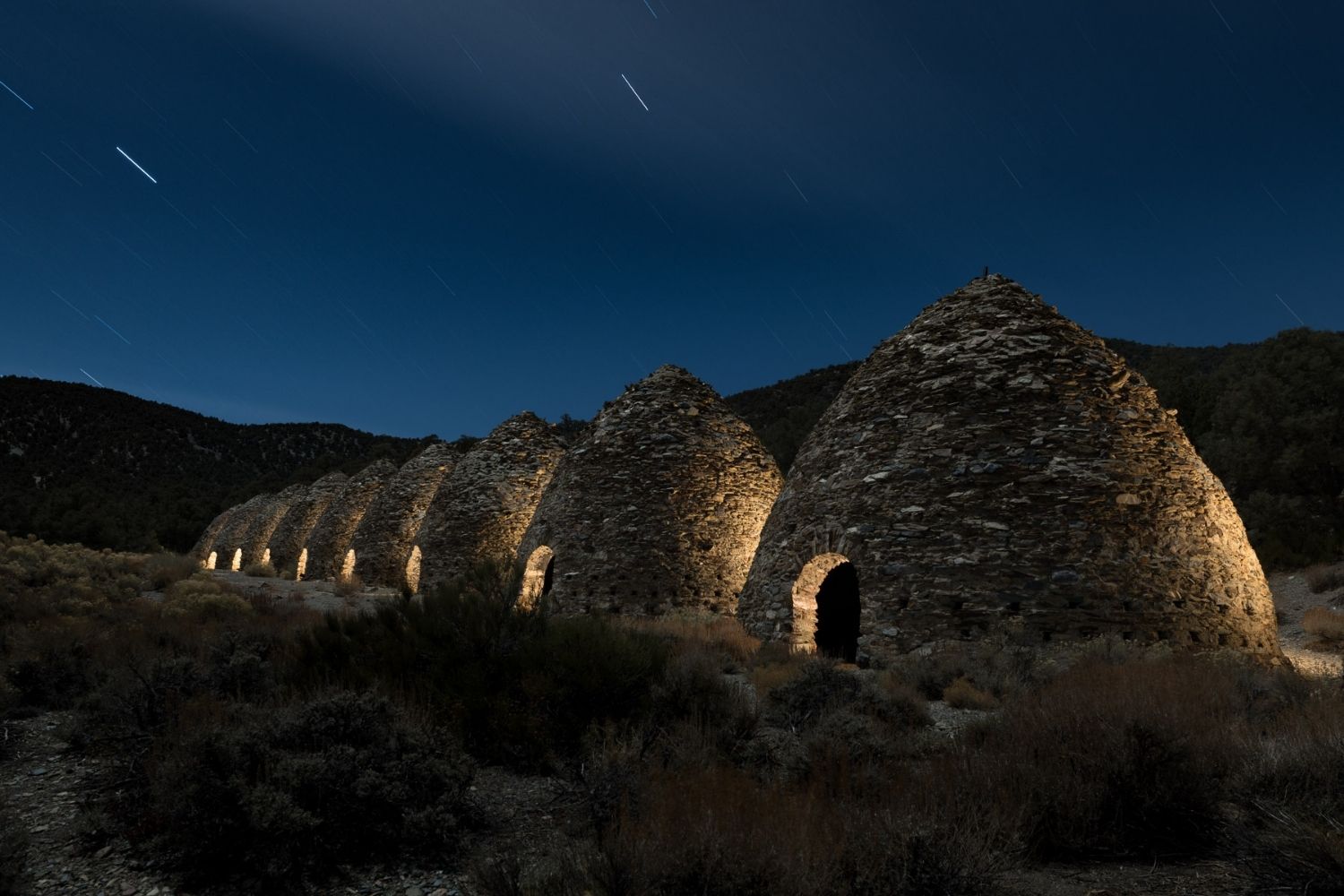Hidden Charcoal Kilns Of Death Valley

Ever wondered what secrets lie within Death Valley? One of the most intriguing sights is the hidden charcoal kilns. Tucked away in the Panamint Mountains, these beehive-shaped structures date back to the late 1800s. They were built to produce charcoal for nearby silver mines. Today, they stand as a testament to the area's rich history. Visiting these kilns offers a glimpse into the past and a unique adventure for those willing to explore. The journey to the kilns involves a scenic drive through rugged terrain, making it an exciting trip for history buffs and nature lovers alike.
Discovering the Hidden Charcoal Kilns of Death Valley
Death Valley, known for its extreme temperatures and vast desert landscapes, holds a secret. Hidden within this arid expanse are the mysterious charcoal kilns. These historical structures, built in the late 19th century, offer a glimpse into the past. Let's explore these fascinating relics.
The History Behind the Charcoal Kilns
Before diving into the locations, understanding the history of these kilns is essential. Constructed in the 1870s, they were used to produce charcoal for the nearby silver mines. The kilns are remarkably well-preserved, standing as a testament to the ingenuity of early settlers.
Where to Find the Charcoal Kilns
Wildrose Charcoal Kilns
Nestled in the Panamint Mountains, the Wildrose Charcoal Kilns are the most famous. Built in 1877, these ten beehive-shaped structures are remarkably intact. They offer a unique glimpse into the mining history of Death Valley.Eureka Mine Charcoal Kilns
Located near the Eureka Mine, these kilns are less known but equally fascinating. They were used to supply charcoal to the nearby mining operations. The hike to these kilns offers stunning views of the surrounding desert.Panamint City Charcoal Kilns
High in the Panamint Range, these kilns are more challenging to reach. However, the trek is worth it. These kilns provided charcoal for the once-thriving Panamint City, now a ghost town.Harrisburg Charcoal Kilns
Near the ghost town of Harrisburg, these kilns are a hidden gem. They are smaller and less preserved but offer a unique historical perspective. The surrounding area is rich in mining history.
Tips for Visiting the Charcoal Kilns
Visiting these historical sites requires some preparation. Here are a few tips to make your trip enjoyable:
Bring Plenty of Water
Death Valley's temperatures can be extreme. Ensure you have enough water to stay hydrated.Wear Appropriate Clothing
Lightweight, breathable clothing is best. Don't forget a hat and sunscreen.Check Road Conditions
Some kilns are in remote areas with rough roads. Check conditions before heading out.Respect the History
These kilns are historical artifacts. Avoid climbing on them or disturbing the area.
Why Visit the Charcoal Kilns?
The charcoal kilns of Death Valley offer a unique blend of history and natural beauty. They provide a window into the past, showcasing the ingenuity and hard work of early settlers. Visiting these sites is not just a trip through the desert but a journey through time.
Discovering the Charcoal Kilns
The hidden charcoal kilns of Death Valley offer a unique glimpse into the past. These structures, built in the 1870s, were used to produce charcoal for nearby silver mines. Visiting these kilns, you can appreciate their historical significance and the craftsmanship involved in their construction. The kilns are located in a remote area, adding to their mystique and making the journey to see them an adventure in itself.
When planning your trip, remember to bring plenty of water, wear sturdy shoes, and prepare for the desert climate. The best time to visit is during the cooler months, from October to April. Exploring these kilns provides a fascinating look at a lesser-known part of Death Valley's history, making it a must-see for history buffs and adventure seekers alike. Don't miss out on this unique experience.

